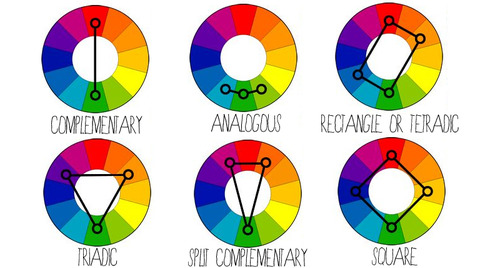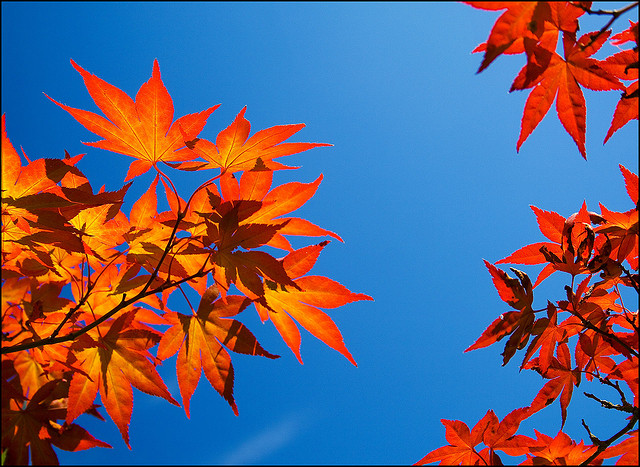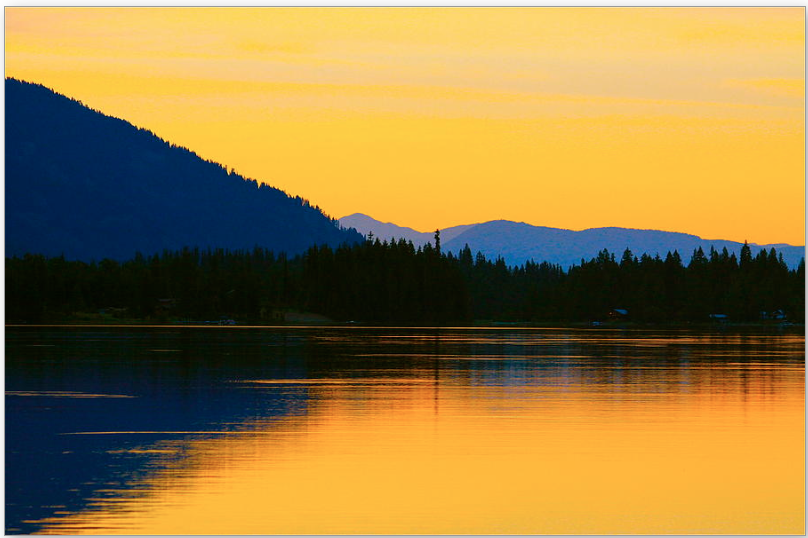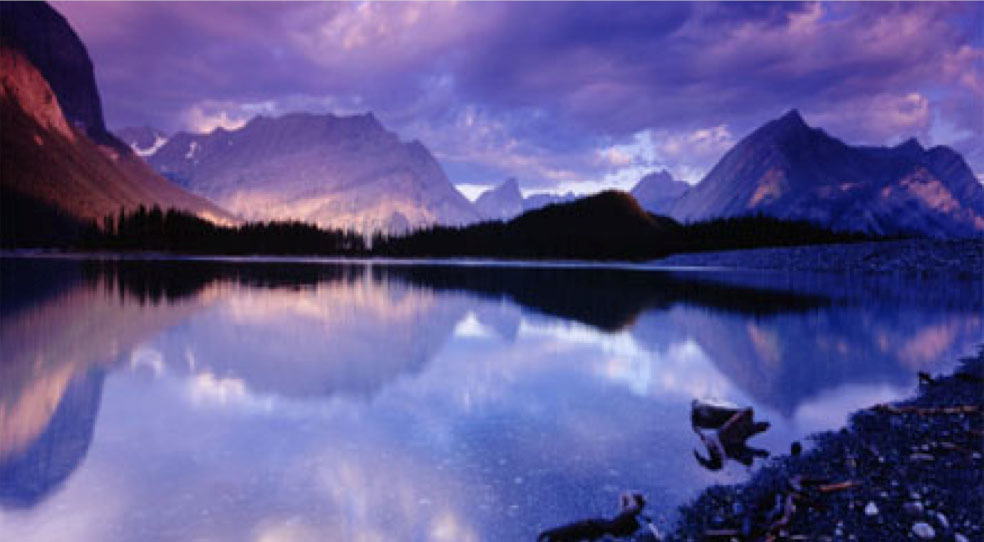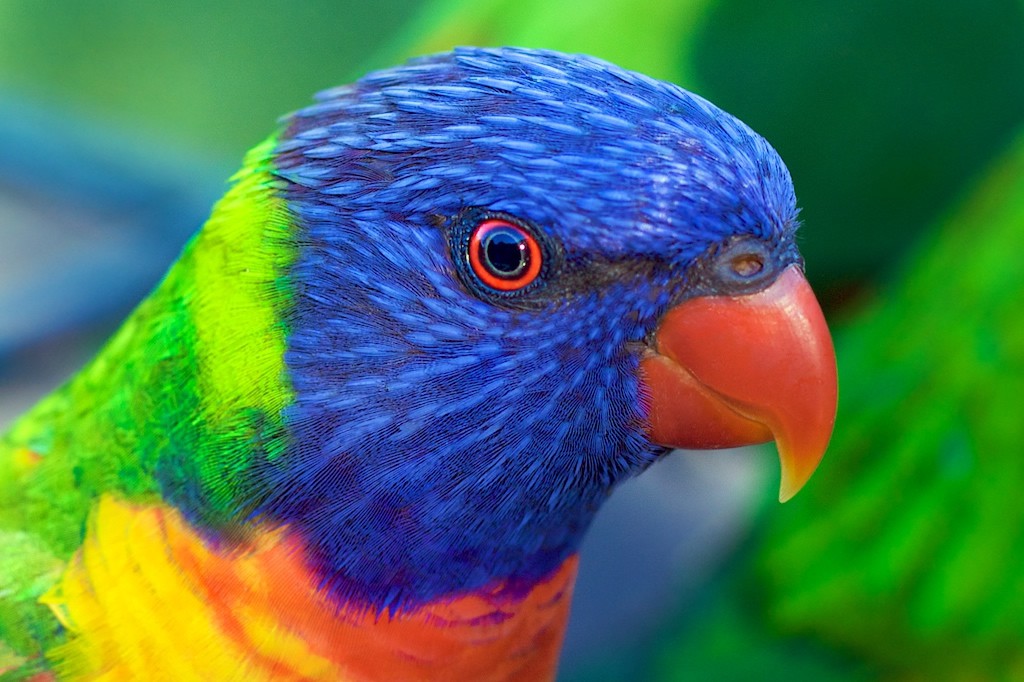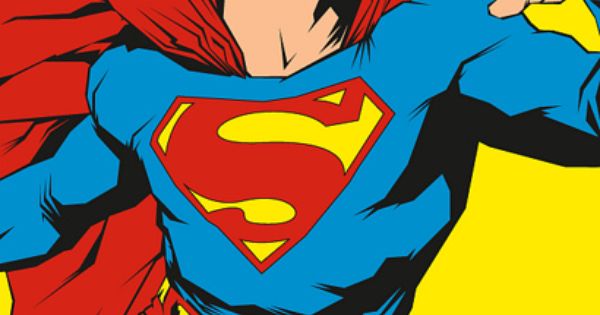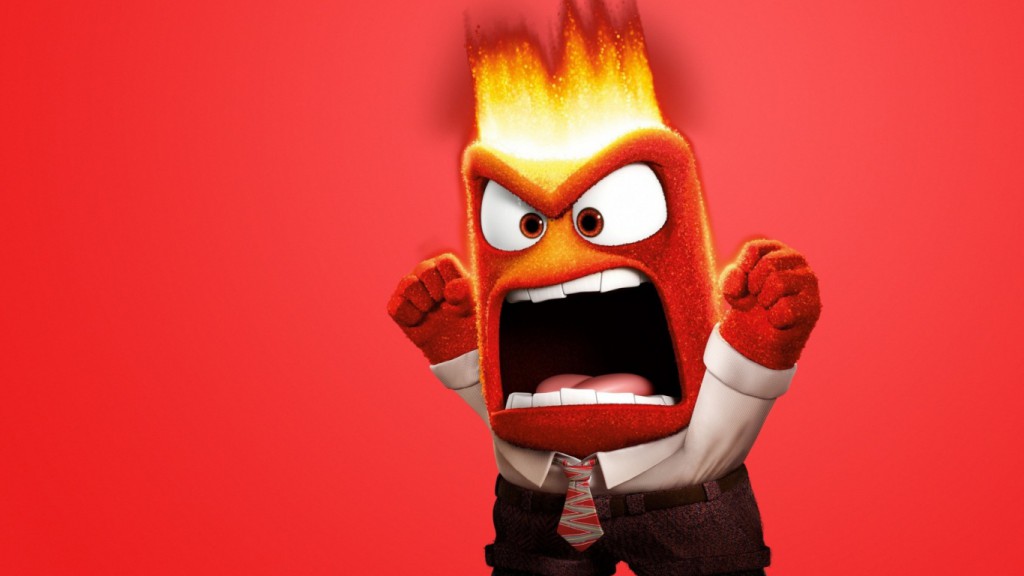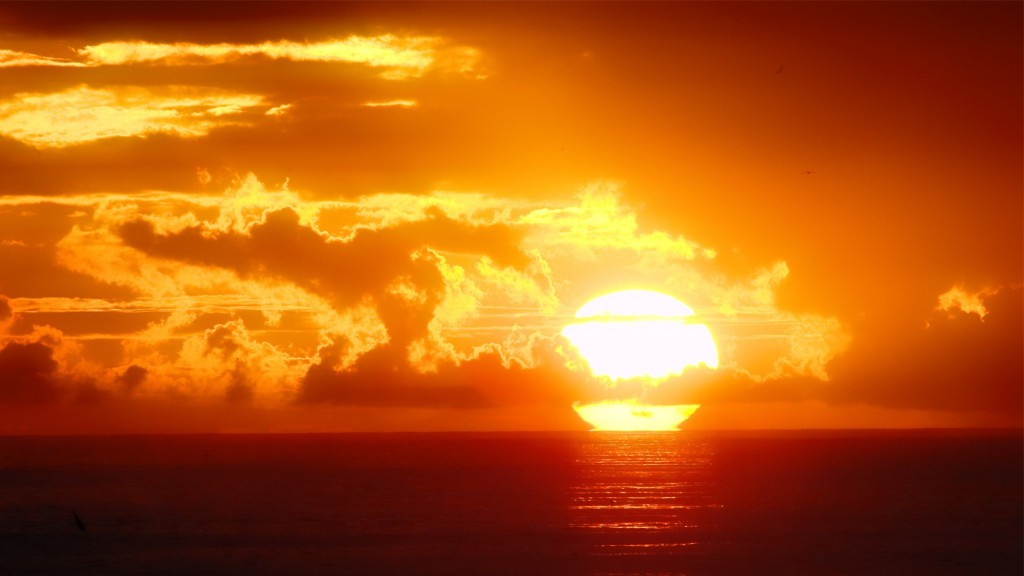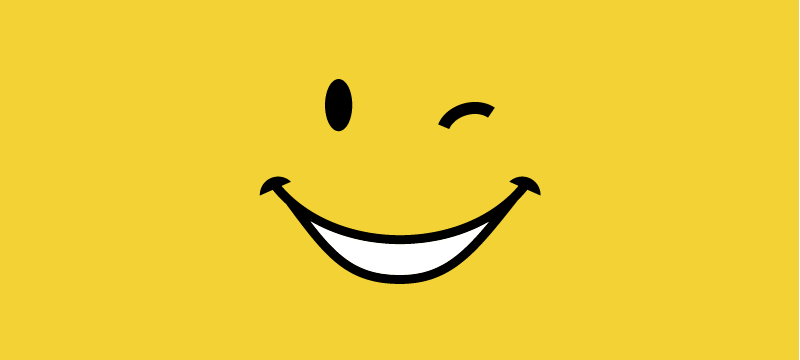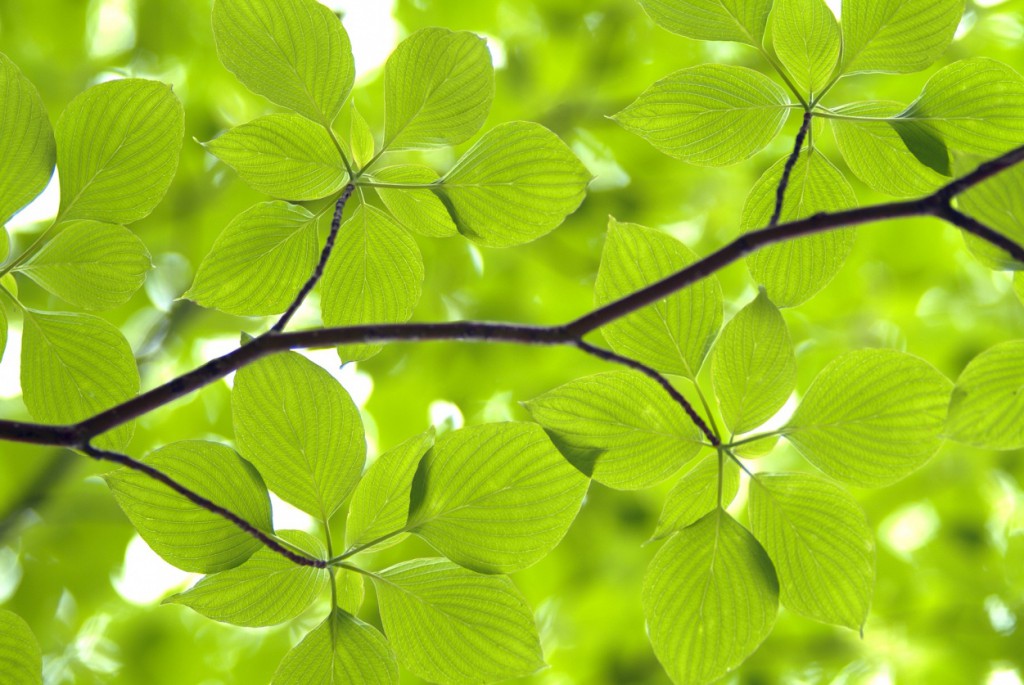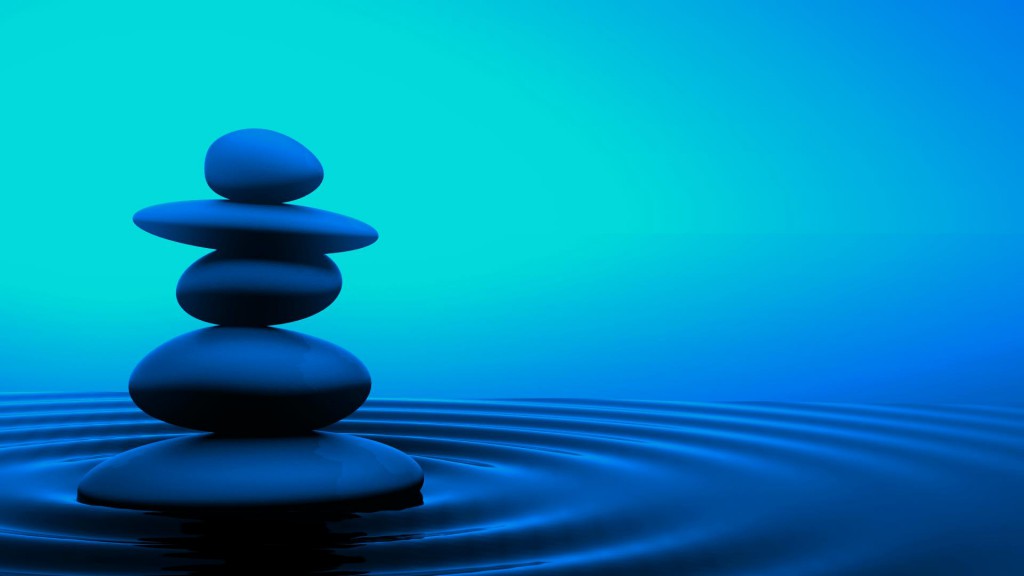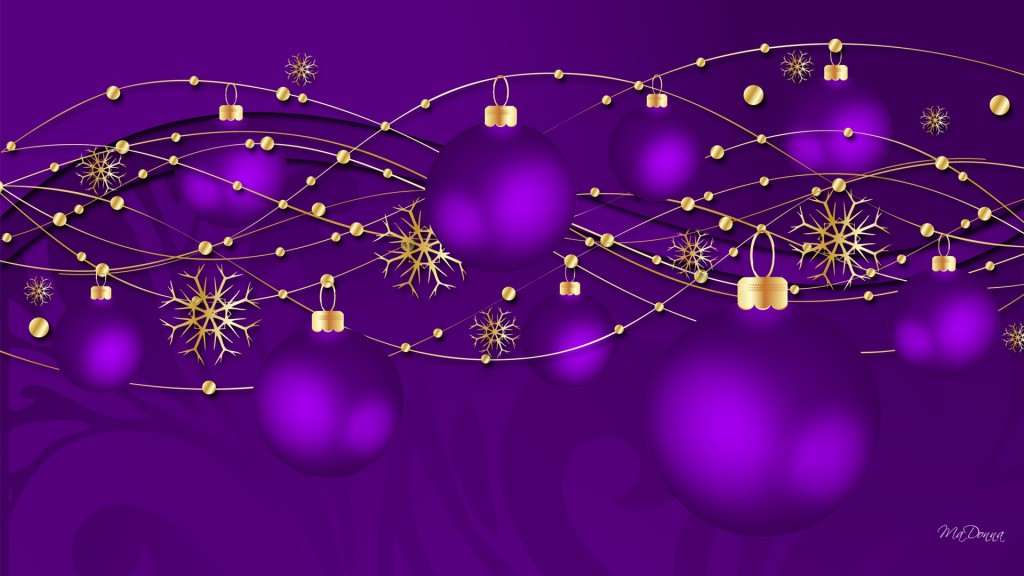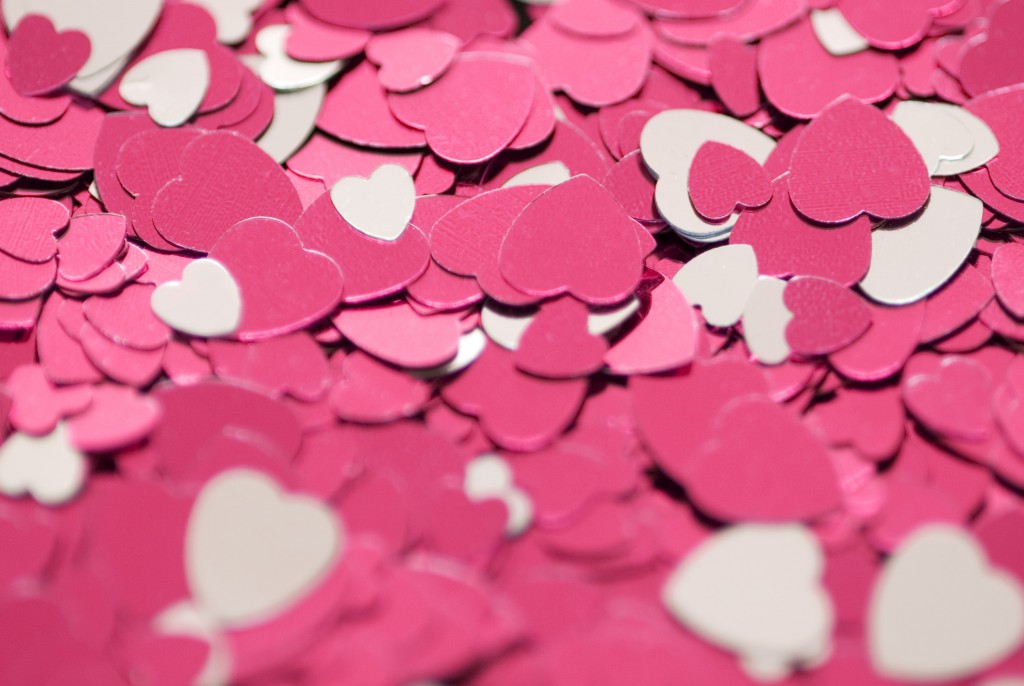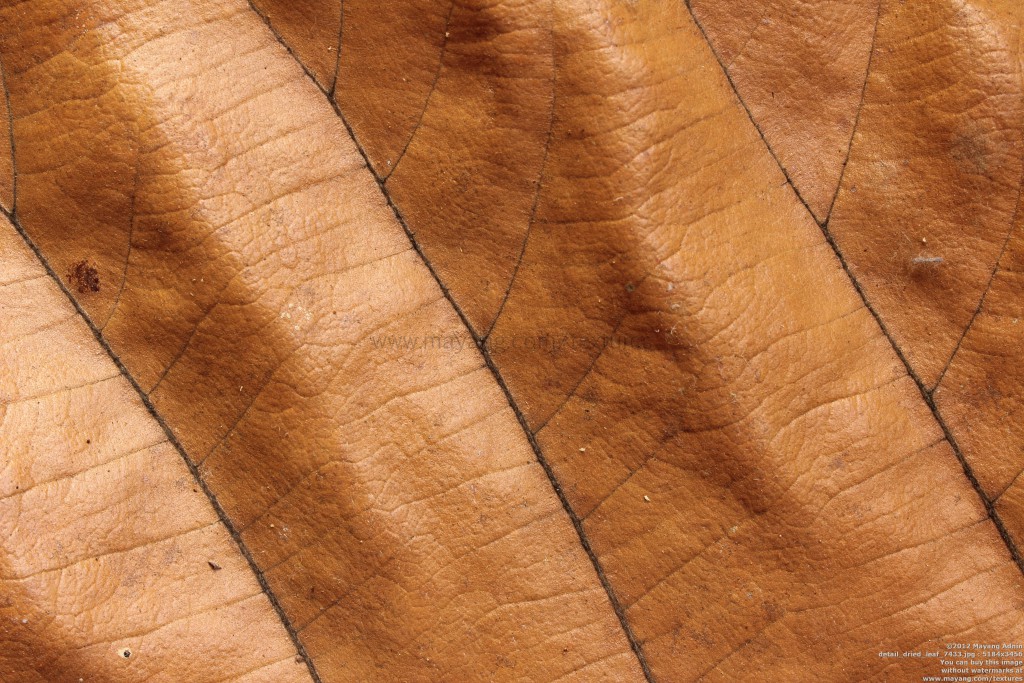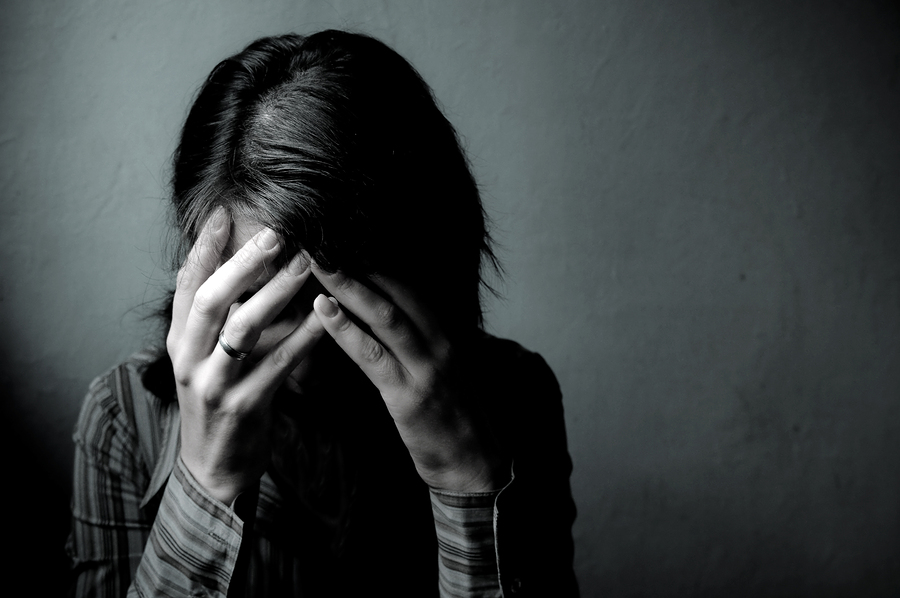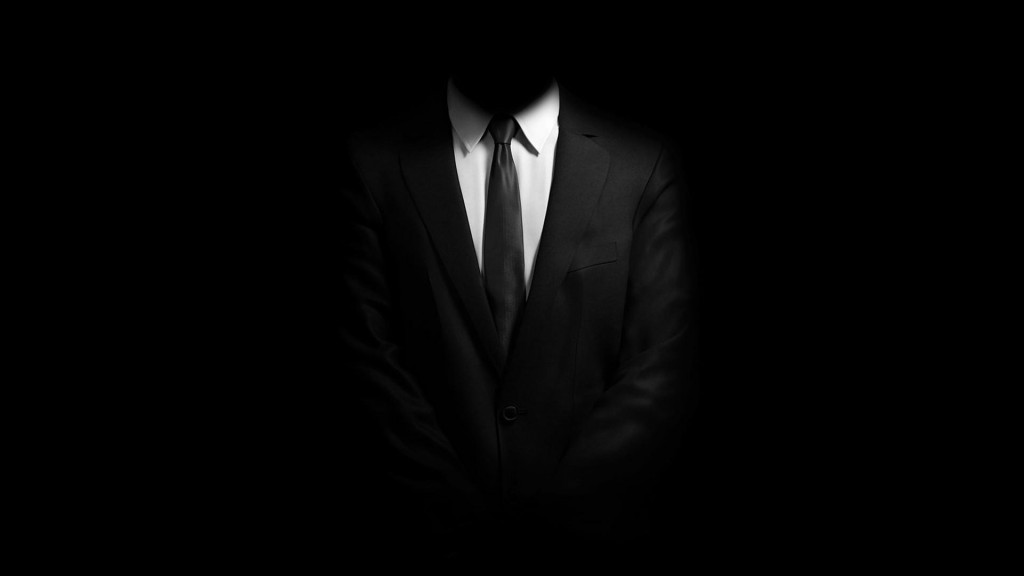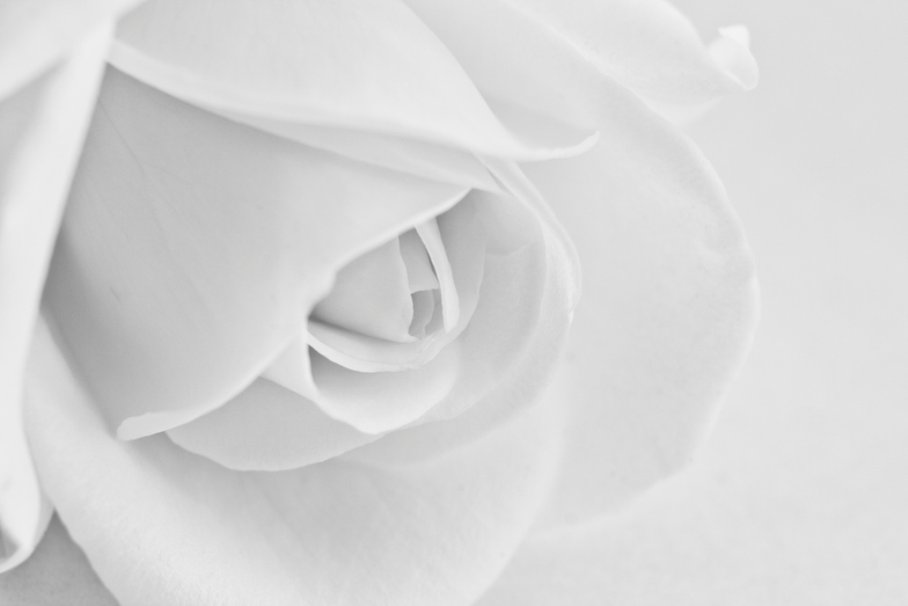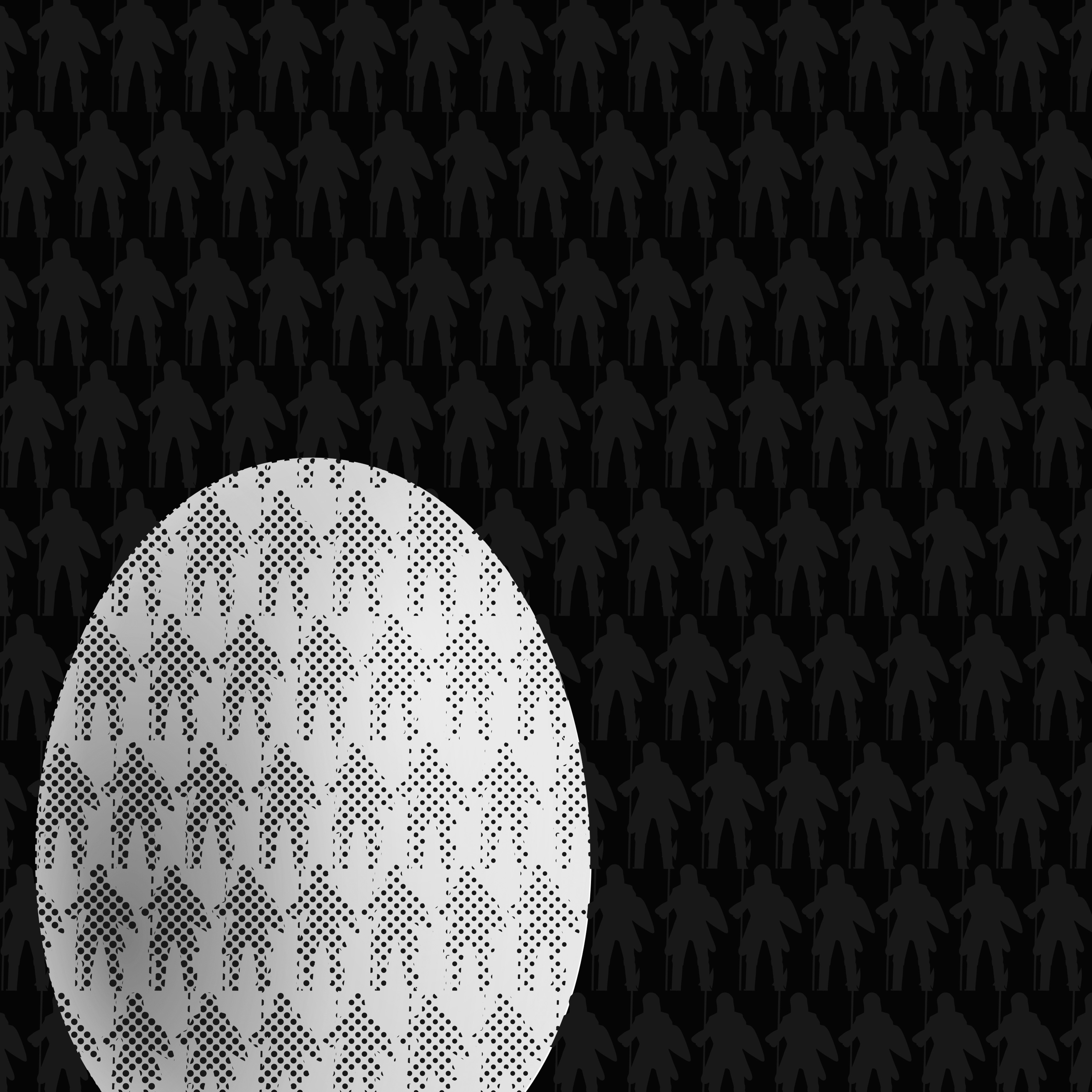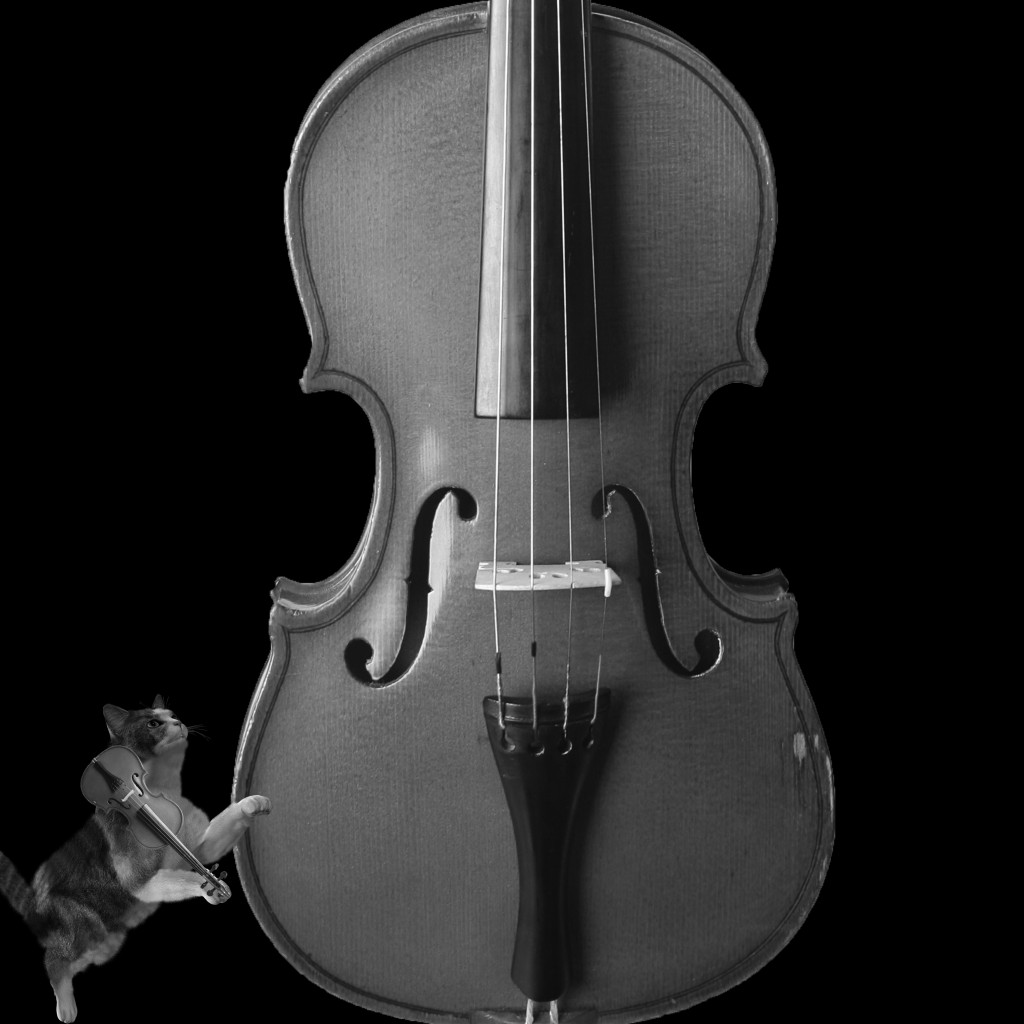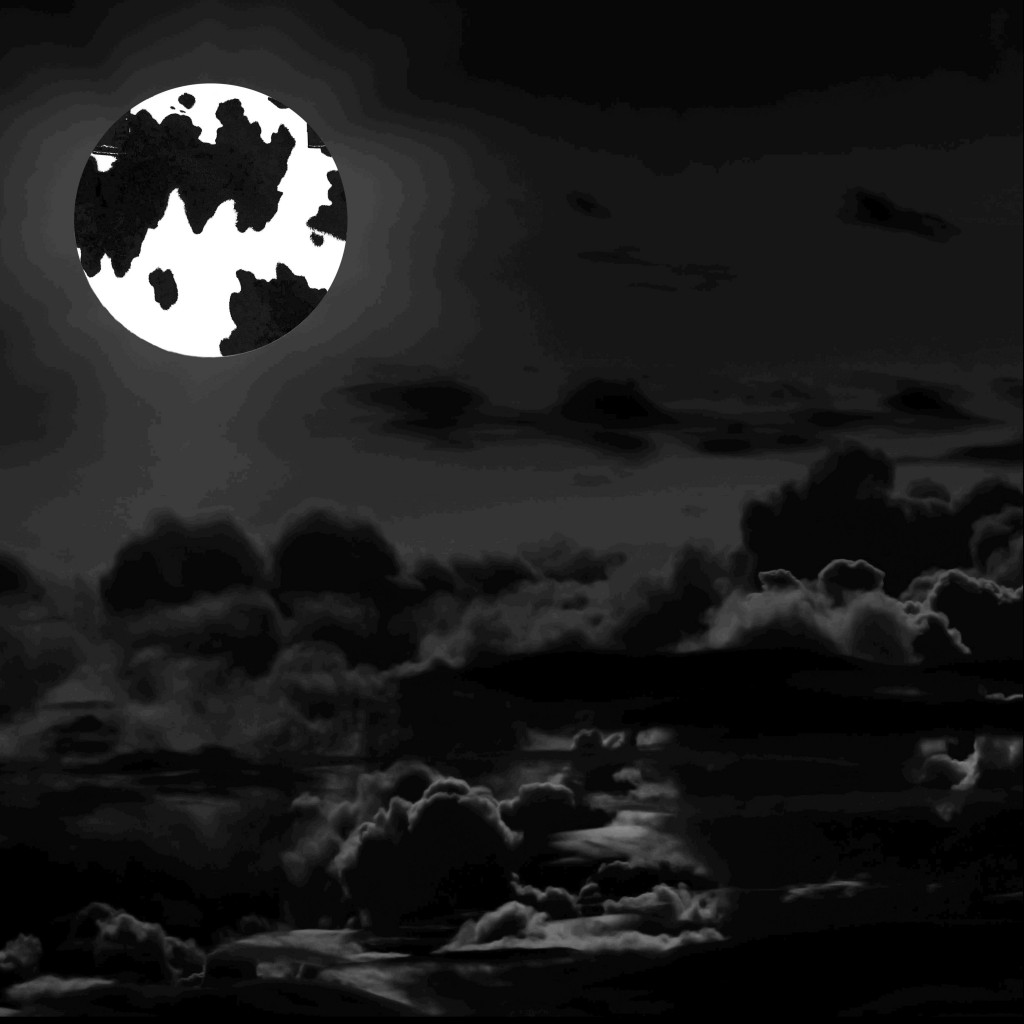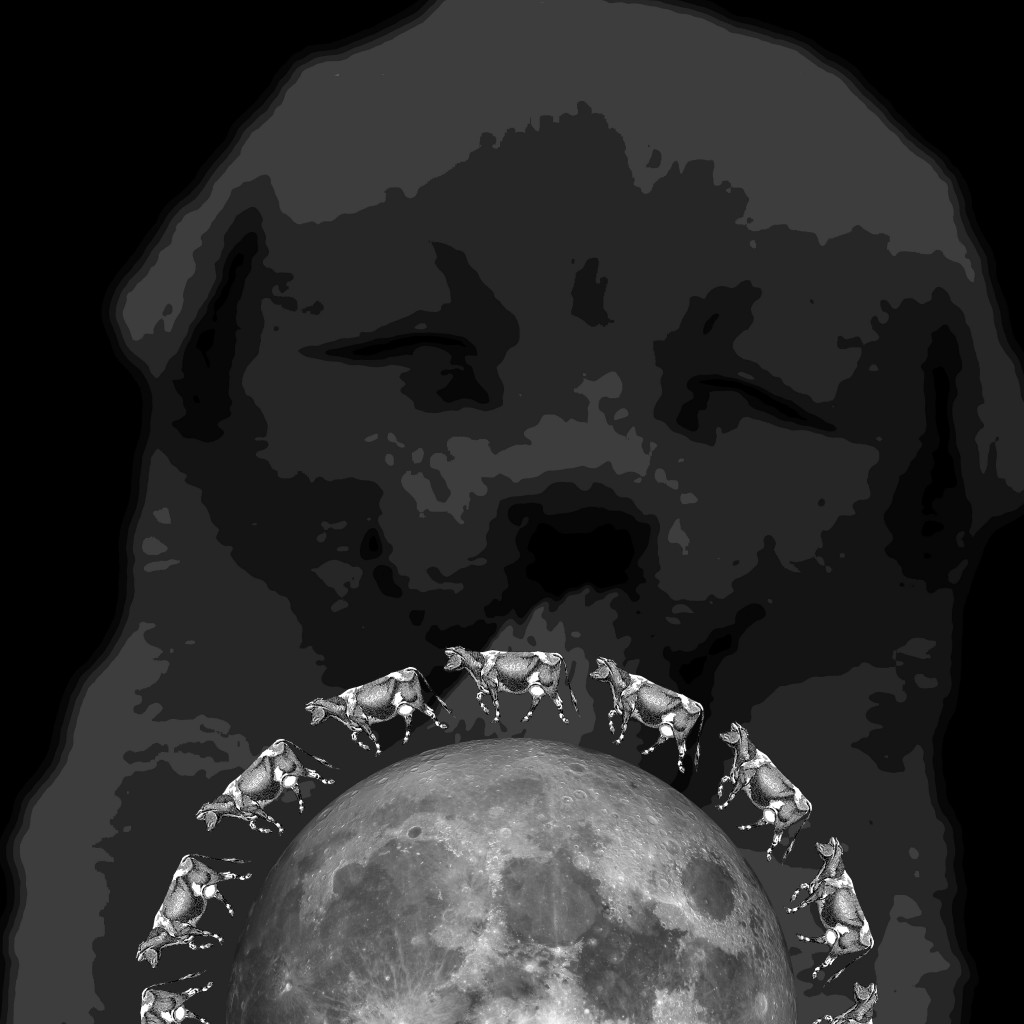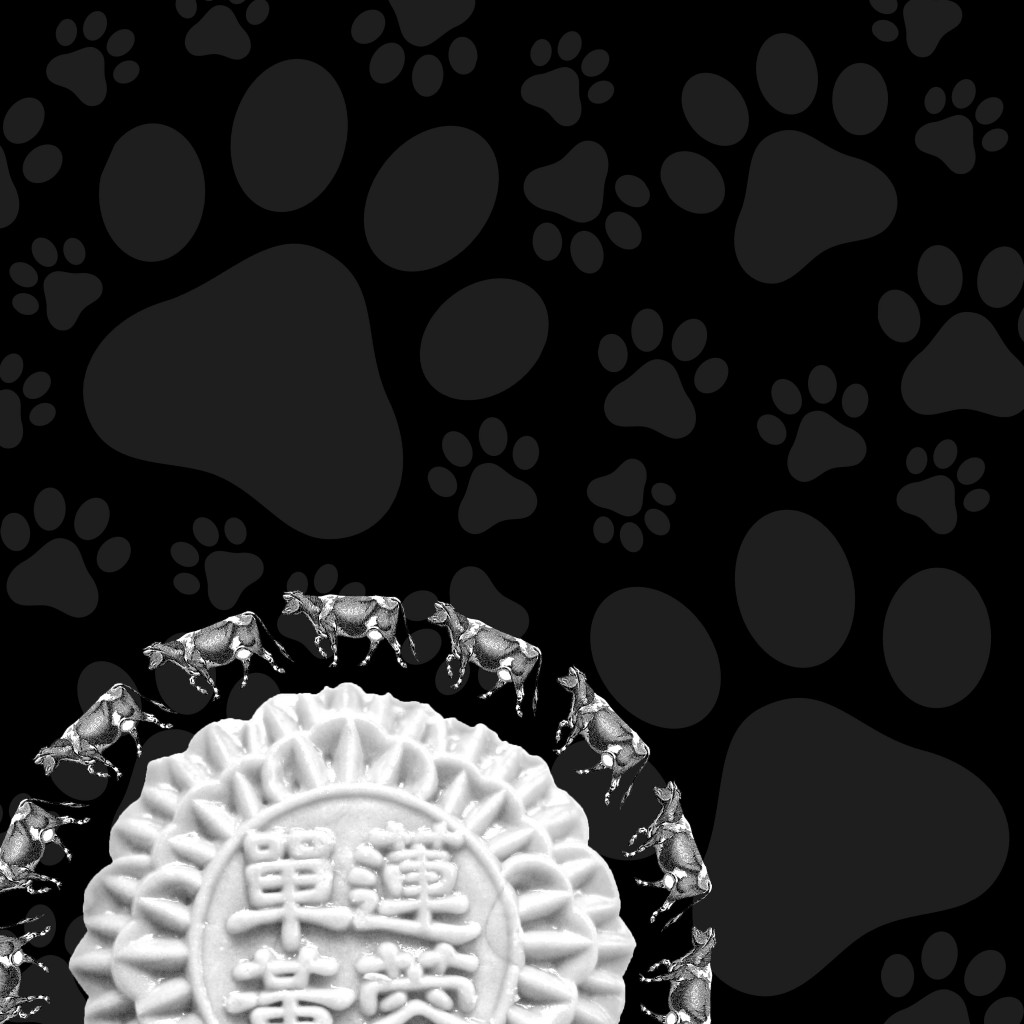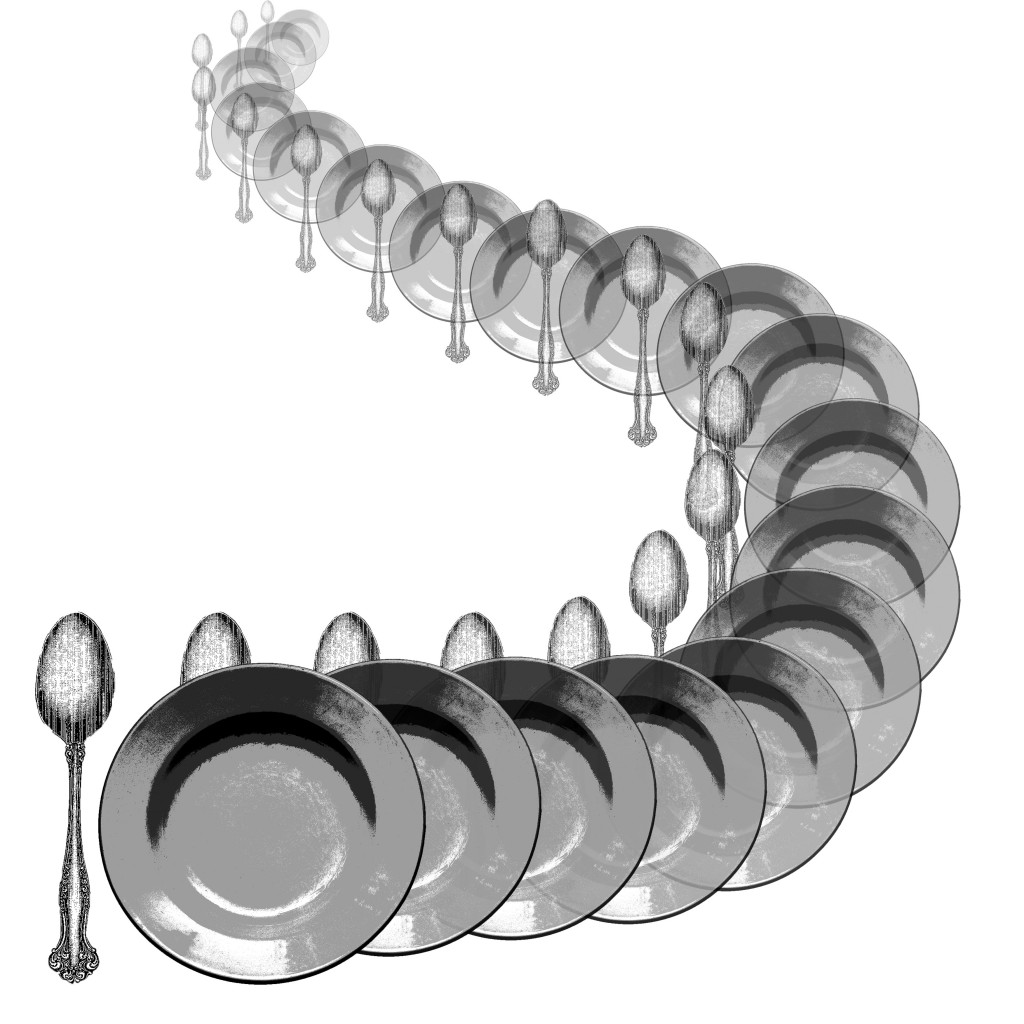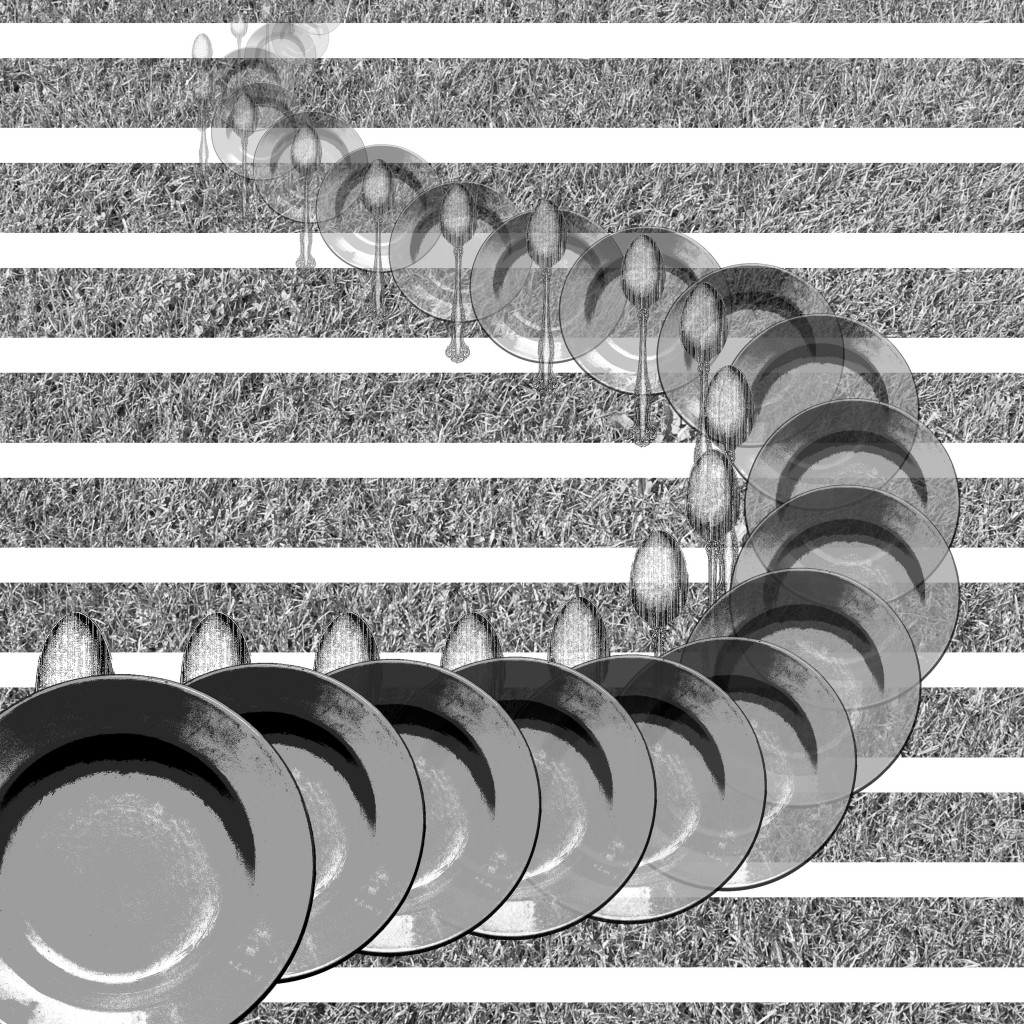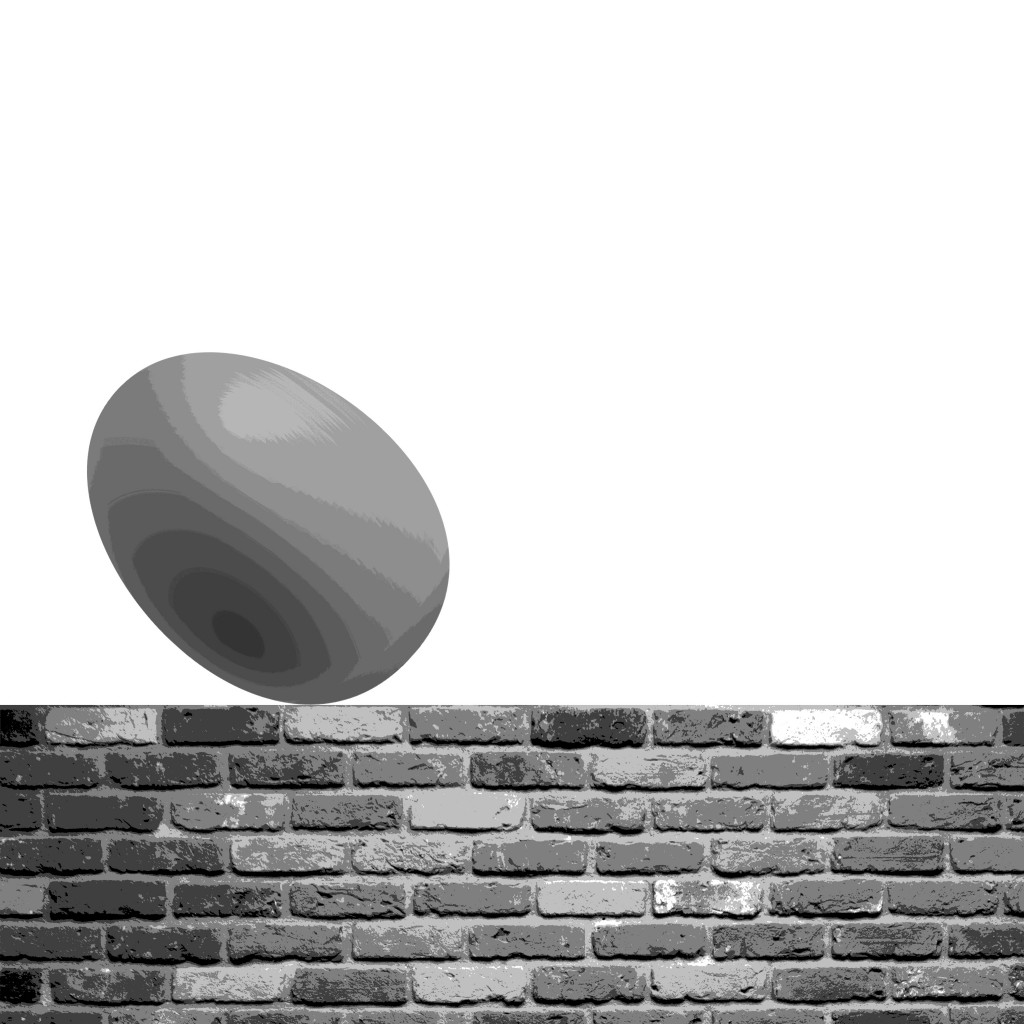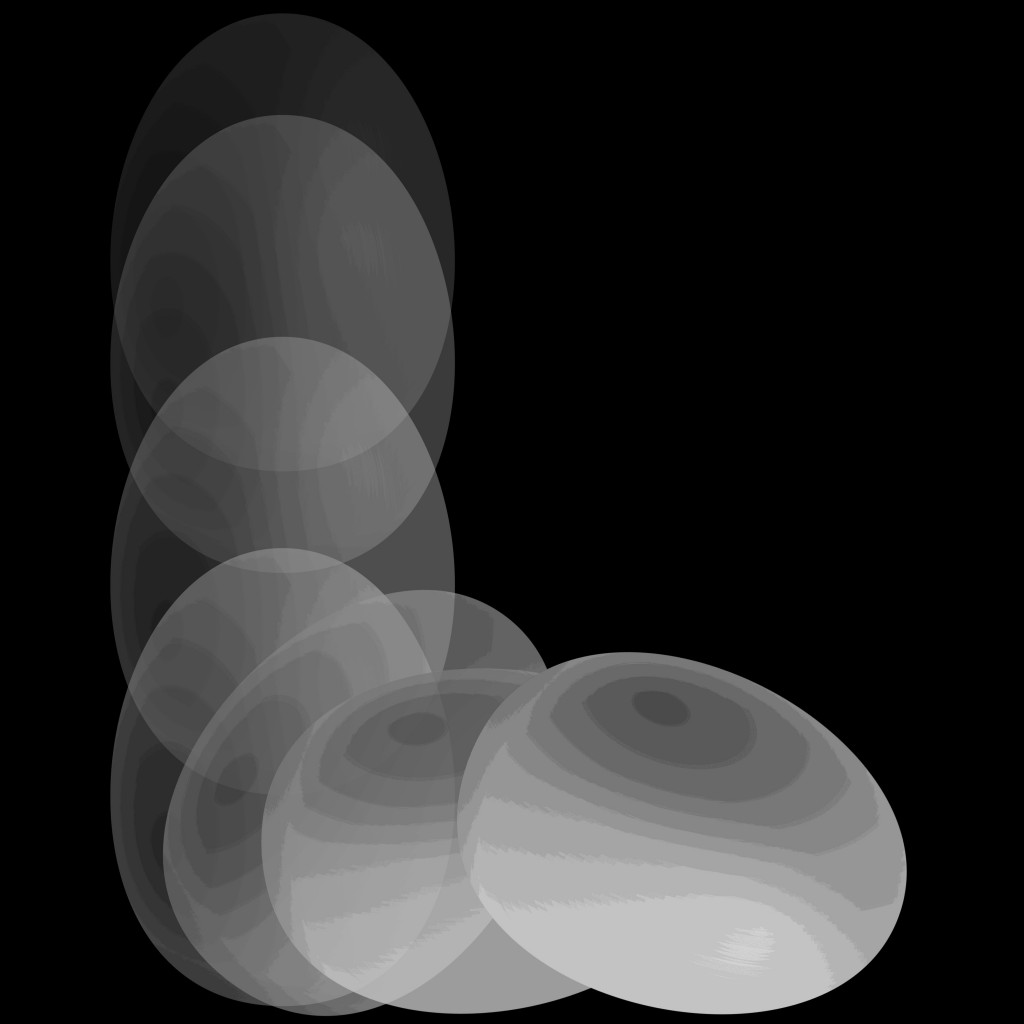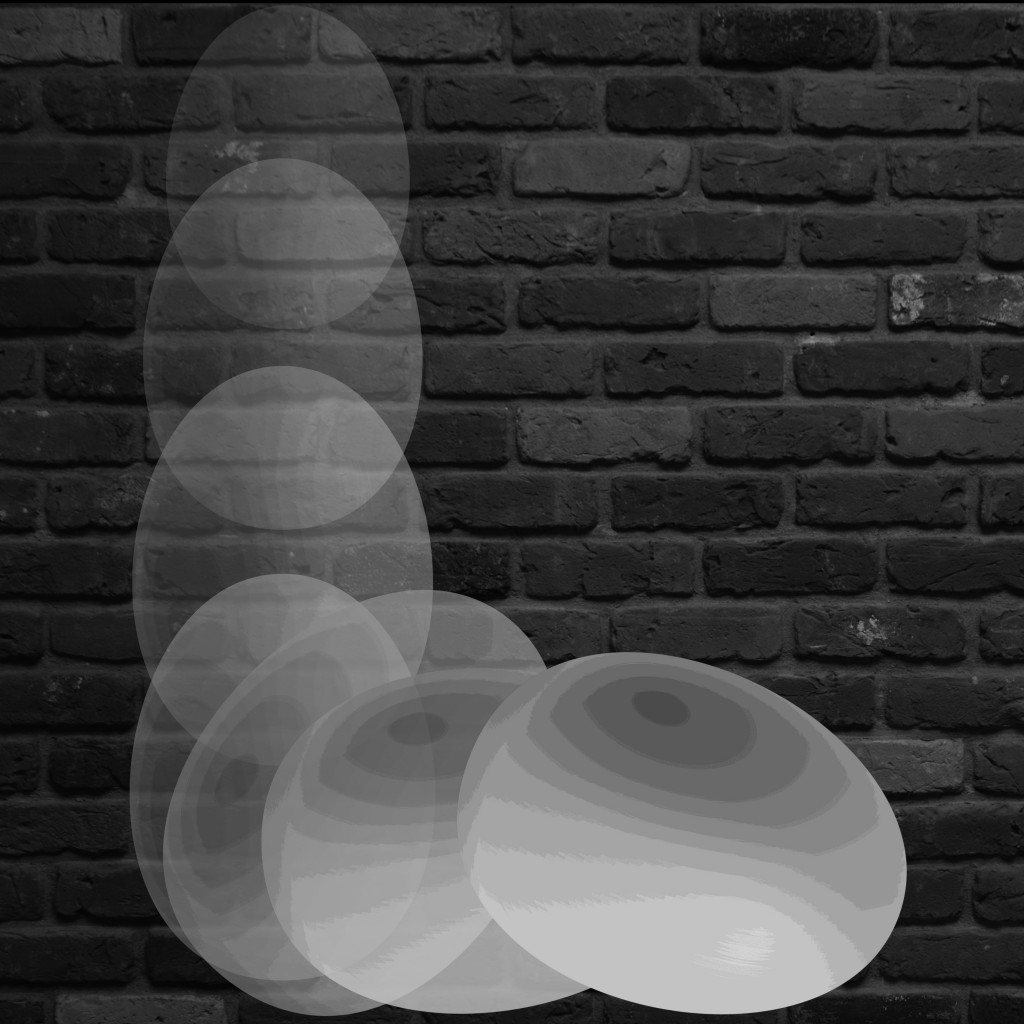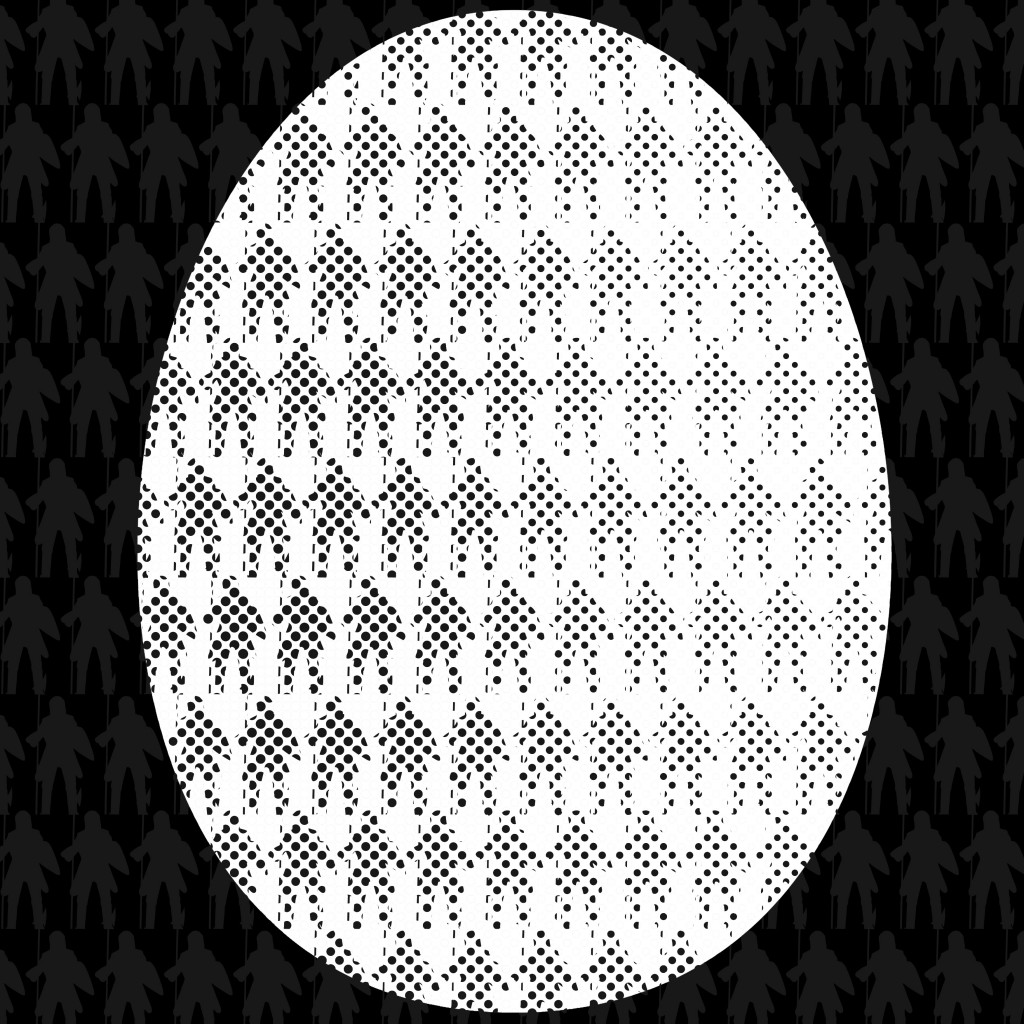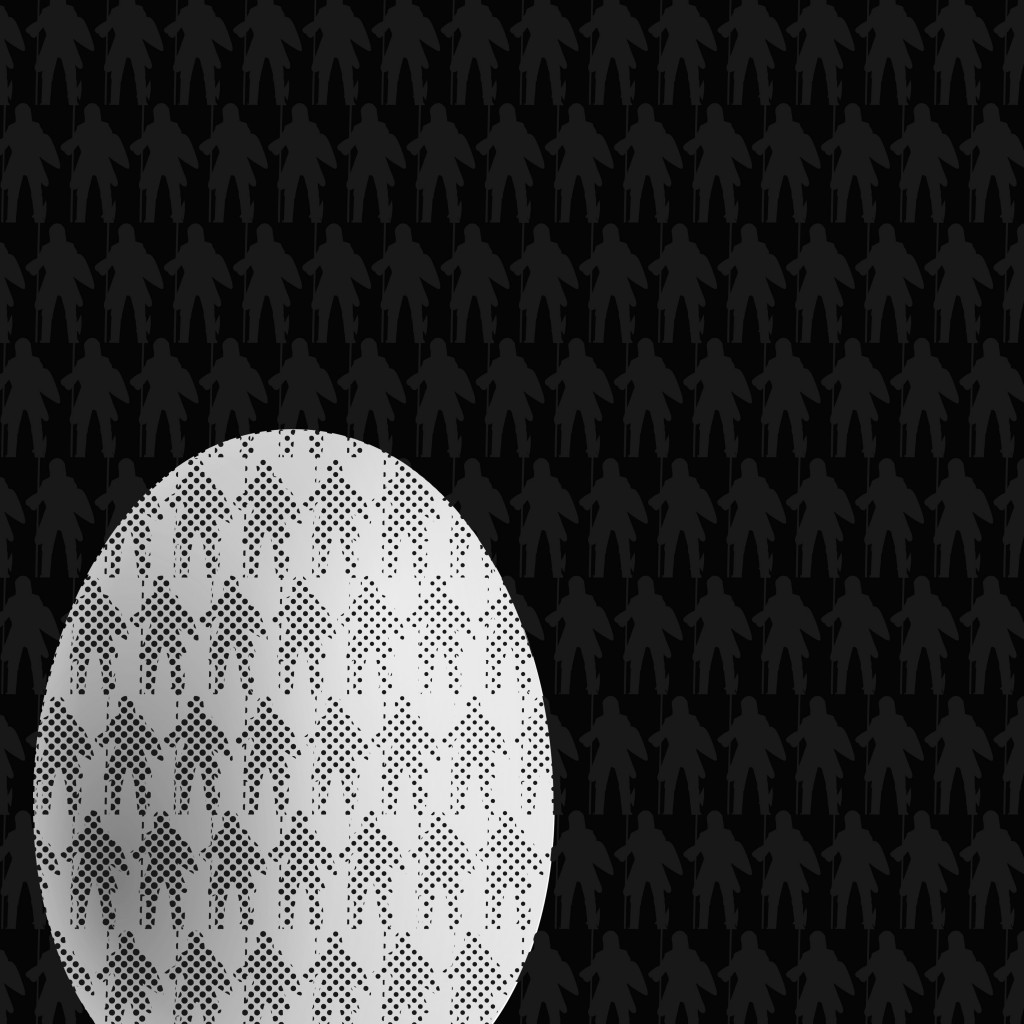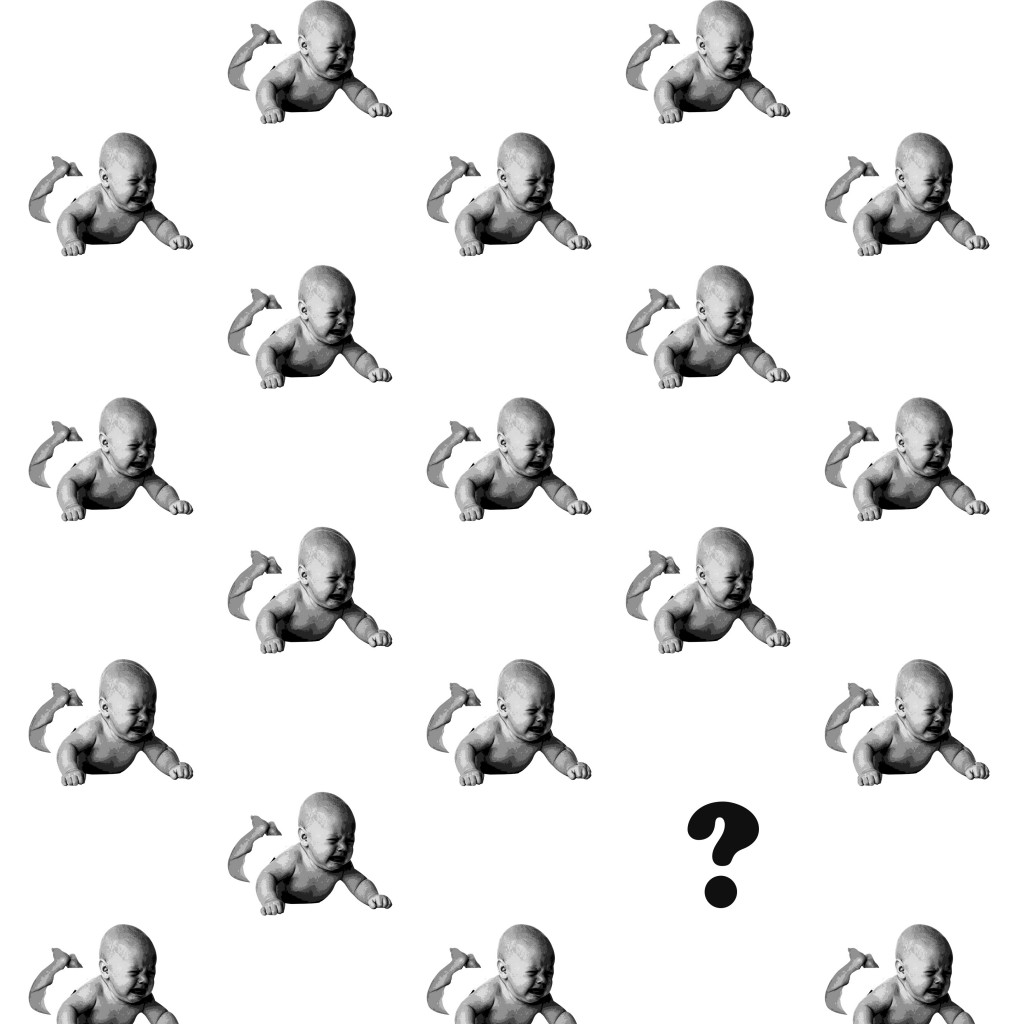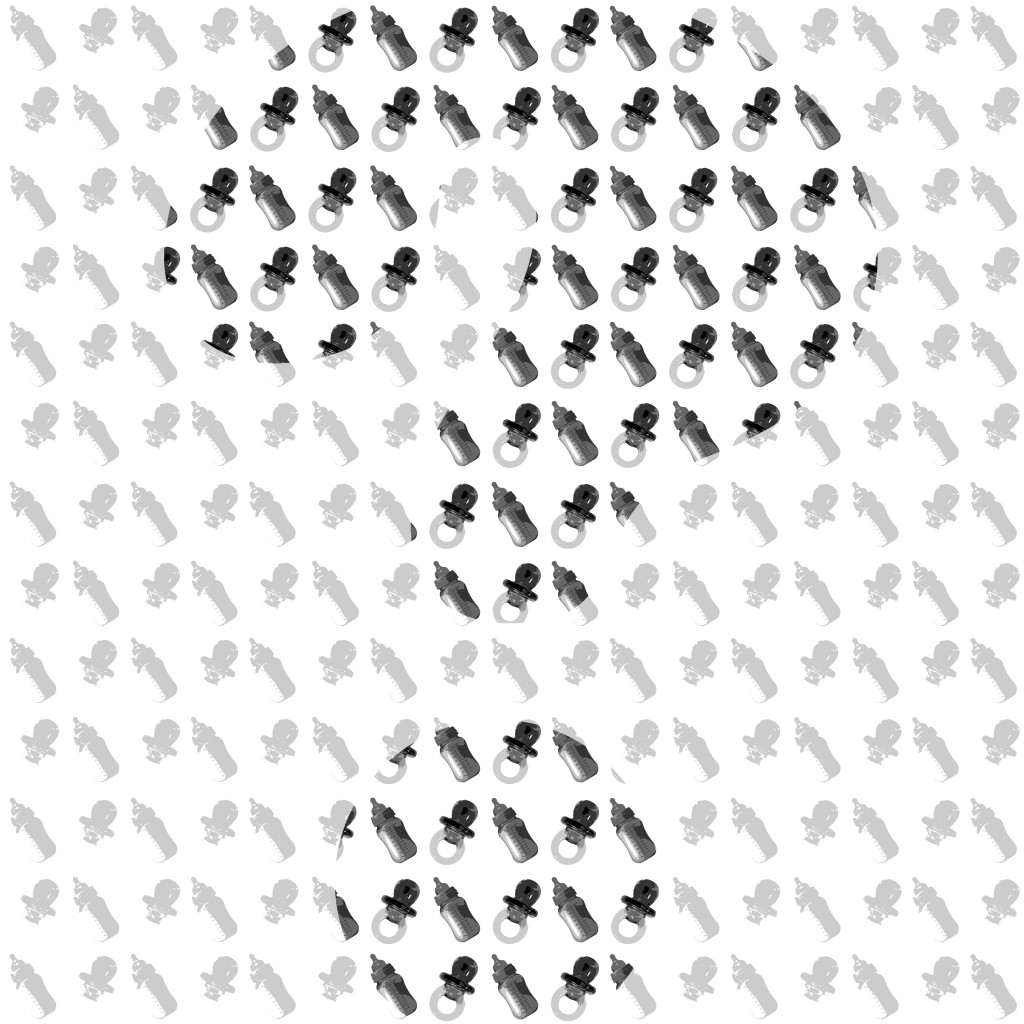This 90 photographs sequence shows a story which explores 3 main themes, namely “lost”, “mystery”, and “friendship”.
It shows me being lost in my dream, in a forest which I could not seem to get out no matter how. Every place looked different yet the same, making it confusing where I am even at or how to get out from there. Then, it transitioned into a mystery where I saw my friend, who vanished right in front me. This happened several times while I was trying to find a way out, and also trying to find him after his first appearance. He would always mysteriously appear and disappear. However, over time, the quest to look for him happened to lead me out of the forest, after which I woke up from this dream. I believe that it was the friendship that helped me out when I needed help the most.
The images were used to represent the various ideas I wanted to display. The forest helps to show the feeling of lost and helplessness and everywhere looks different yet so similar, and the vastness of the place further exemplifies this feeling of being lost. The appearance of my friend was to signify the importance of friendship, where I believe plays a big part in everyone’s life as humans are social beings. Friendship has the power to help and influence us, which eventually brought me out of being lost in the forest to signify the power of friendship.
I chose to take my pictures either by focusing the main subjects along the thirds of the image, or to centralize the main subject in the middle of the image to have symmetry and let the subject be the center of focus. The photos were also not heavily edited and most of which were not even edited, so as to be more realistic and portray what I see, just as how some dreams actually feel very real even after waking up. I chose to darken the borders of the photos that occur in my dream to make a distinction between being awake and asleep, and that some dreams have a blurry and darker effect.
For this project, I did not have any specific research or artist that i referred to. I felt that one main factor that influenced my decision and style for this project was drama. Perhaps I have been exposed to TV dramas since young, especially chinese mediacorp dramas, it seems to me that forest was always a main theme for being lost. They always featured the main characters, who were lost, in forests being very helpless, walking around trying very hard to get out of it. National service probably further built this mentality unknowingly as the exposure to many different forested areas allows me to understand the vastness of these terrains and how the similar environment makes it easy to be lost, and hard to find an exit. One example would be “Stranded”, a drama series showing a group of teenagers lost on an island. I also think that the use of darkened borders makes it feel more like a dream, or a recalling of incidents which differentiates it from the real time. An example would be “Incredible Tales”, where the entire story would have a darkened border to show the character recalling and retelling the story.
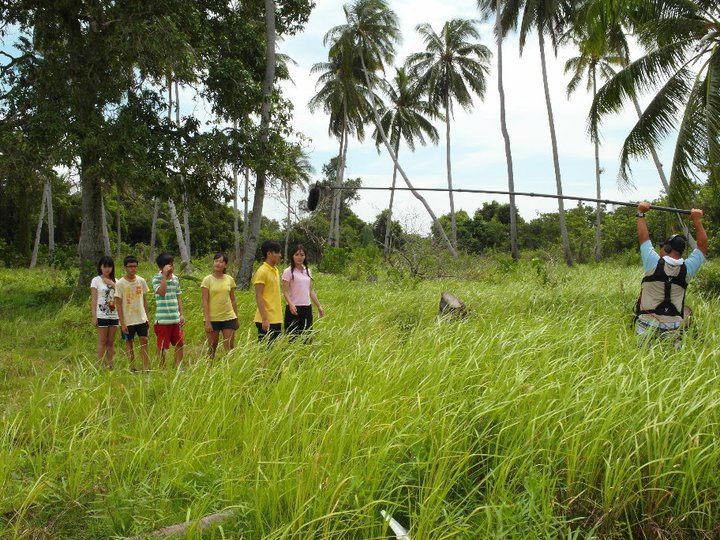
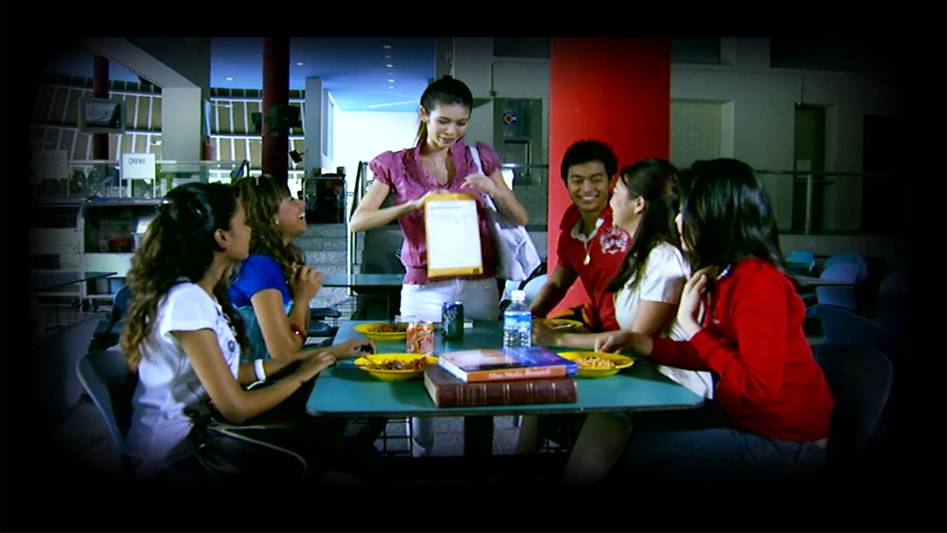
Through this project, I understand how the use of various image compositions and some editing helps to convey the message across and sets the mood right for the story. I start to understand how difficult it is to send a message subtly through images and also how various images do not turn out the way I wanted them to be. There were certain compositions that could not be easily created to fit those in mind and I had to find a way to tweak it, to make it feasible yet still able to bring out the same effects and message. I also realised how having a goal or “quest” makes it less boring even though everything might seem repetitive and dull. For example, many shots were taken in the forest, where everything looked so similar although they were different. However, the goal to find my friend or get out of the forest makes it less boring to go through repetitive images as there is a final aim to keep the audience going. This shows the importance of having a storyline and an aim to keep audience interested. By looking at my classmates’ presentations, I also realised how music and sound played an important in setting the atmosphere, giving viewers a more in-depth experience.
